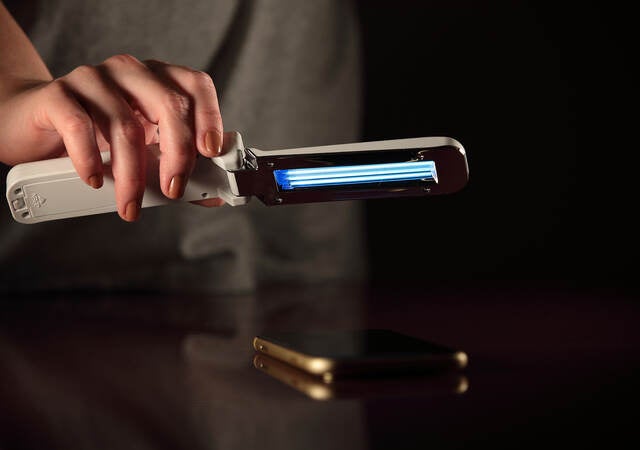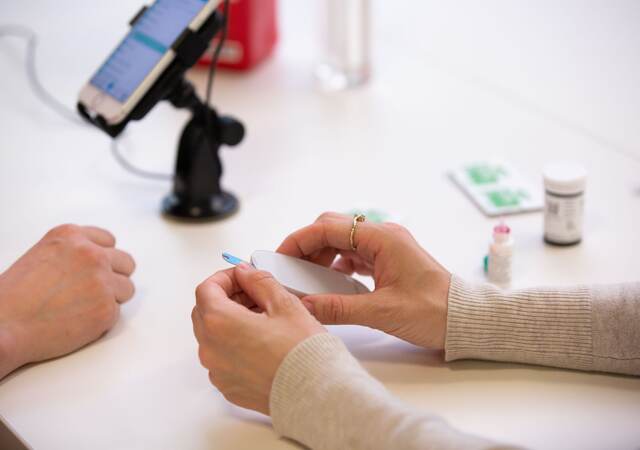June 22, 2020
With the transition period for EU Medical Device Regulation (MDR) coming to an end on May 26, 2021, there will be an enhanced focus on usability engineering compliance for medical devices. Notably, the MDR does not provide detailed instructions on how to demonstrate conformance to proper usability engineering practices. As such, medical device manufacturers should make use of relevant usability engineering standards to help generate such evidence.
As described in the first blog of this series, as pertains to usability engineering, manufacturers can show MDR compliance for any commercialized and new medical devices using the harmonized standard IEC 62366:2007 “Medical devices – Application of usability engineering to medical devices.” Alternatively, medical device manufacturers may use IEC 62366-1:2015 “Medical devices – Part 1: Application of usability engineering to medical devices” to show compliance given it is the most recent usability engineering standard and, therefore, the state of art. As such, this blog will focus on the instructions and steps as described in IEC 62366-1:2015.
You might work for a company that has a medical device on the market that is commercialized prior to the release of IEC 62366-1:2015 in February 2015. Manufacturers that want to show conformity to IEC 62366-1:2015 for user interfaces of devices commercialized prior to February 2015 and not changed in the meantime can treat their device as a User Interface of Unknown Provenance (UOUP).
The overall goal of the UOUP process is for medical device manufacturers to show compliance with IEC 62366-1:2015, to show that their device is safe and effective to use. For devices that cannot be treated as UOUP, manufacturers will need to go through all activities as described in IEC 62366-1:2015. However, for any devices that were commercialized prior to February 2015, the UOUP process gives manufacturers the opportunity to follow an abbreviated process. This means that rather than performing all activities as prescribed by IEC 62366-1:2015, manufacturers can perform a subset of the activities (thereby saving resources and time) to show compliance with IEC 62366-1:2015.
In the fifth blog post in our series on the European Medical Devices Regulation (MDR) and human factors engineering, we address the steps medical device manufacturers should take to show usability engineering compliance for their device if treated as a UOUP.
Steps to evaluate a User Interface of Unknown Provenance
IEC 62366-1:2015, Annex C “Evaluation of User Interface of Unknown Provenance (UOUP)” provides an overview of the steps that manufacturers should perform if their medical device is considered as a UOUP.
In the presence of a UOUP that has been subject to design changes, manufacturers shall follow all activities of IEC 62366-1:2015 for the changed parts of the device. Notably, Technical Corrigendum 1 IEC 62366-1:2015/COR 1:2016 specifies that the changed parts of the user interface are subject to 5.1 to 5.9, instead of 5.1 to 5.8 as mentioned in IEC 62366-1:2015.
For the unchanged parts of the device, manufacturers shall conduct the following five activities:
- Develop use specification. Manufacturers should prepare a “use specification” which consists of the intended medical indication, user profiles, use environment descriptions, and the operating principle.
- Conduct post-production information analysis. To identify cases of use errors that could result in a hazardous situation, manufacturers should review available post-production information, including complaints and adverse event reports (for incidents or near incidents). The post-production information analysis should serve as an input to the use-related risk analysis.
- Review use-related risk analysis. Manufacturers should review the use-related risk analysis to ensure that all risks related to users interacting with the user interface are identified and documented.
- Verify all risks are at an acceptable level. Manufacturers should review all use-related risks and confirm that the risk control measures reduce the risks to an acceptable level. If medical device manufacturers determine that design changes are required, manufacturers shall follow all activities of IEC 62366-1:2015 (i.e., sections 5.1-5.9) for the changed parts of the device including conducting an HF validation (i.e., summative usability) test of the user interface.
- Re-evaluate the device’s overall residual risk. After performing these activities, medical device manufacturers should re-evaluate the remaining risks associated with using the device (i.e., residual risk).
The outcomes of these five activities should be documented in the usability engineering file and/or risk management file.
Conclusion
Refer to the international usability engineering standard IEC 62366-1:2015 to ensure the medical device complies with the usability requirements in MDR. In case of a User Interface of Unknown Provenance, the manufacturer will need to perform a selection of activities as described in the standard’s Annex C “Evaluation of User Interface of Unknown Provenance (UOUP).”
Frauke Schuurkamp and Linda Giesselink are Managing Human Factors Specialists at Emergo by UL’s Human Factors Research & Design division.
Additional medical device human factors and usability engineering resources:
- Human factors engineering (HFE) research support for medical devices, IVDs and combination products
- User interface (UI) design and prototype development
Request information from our specialists
Thanks for your interest in our products and services. Let's collect some information so we can connect you with the right person.









